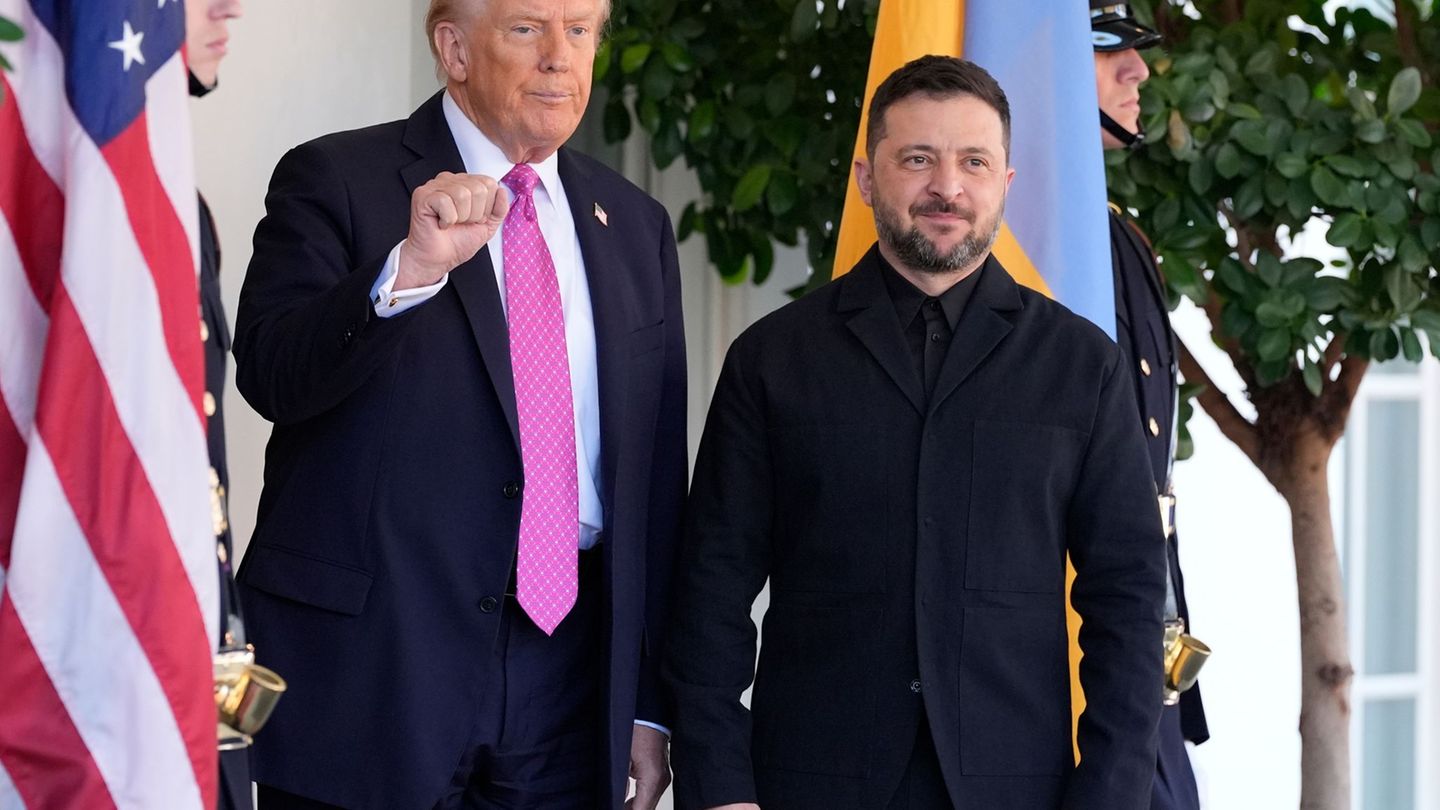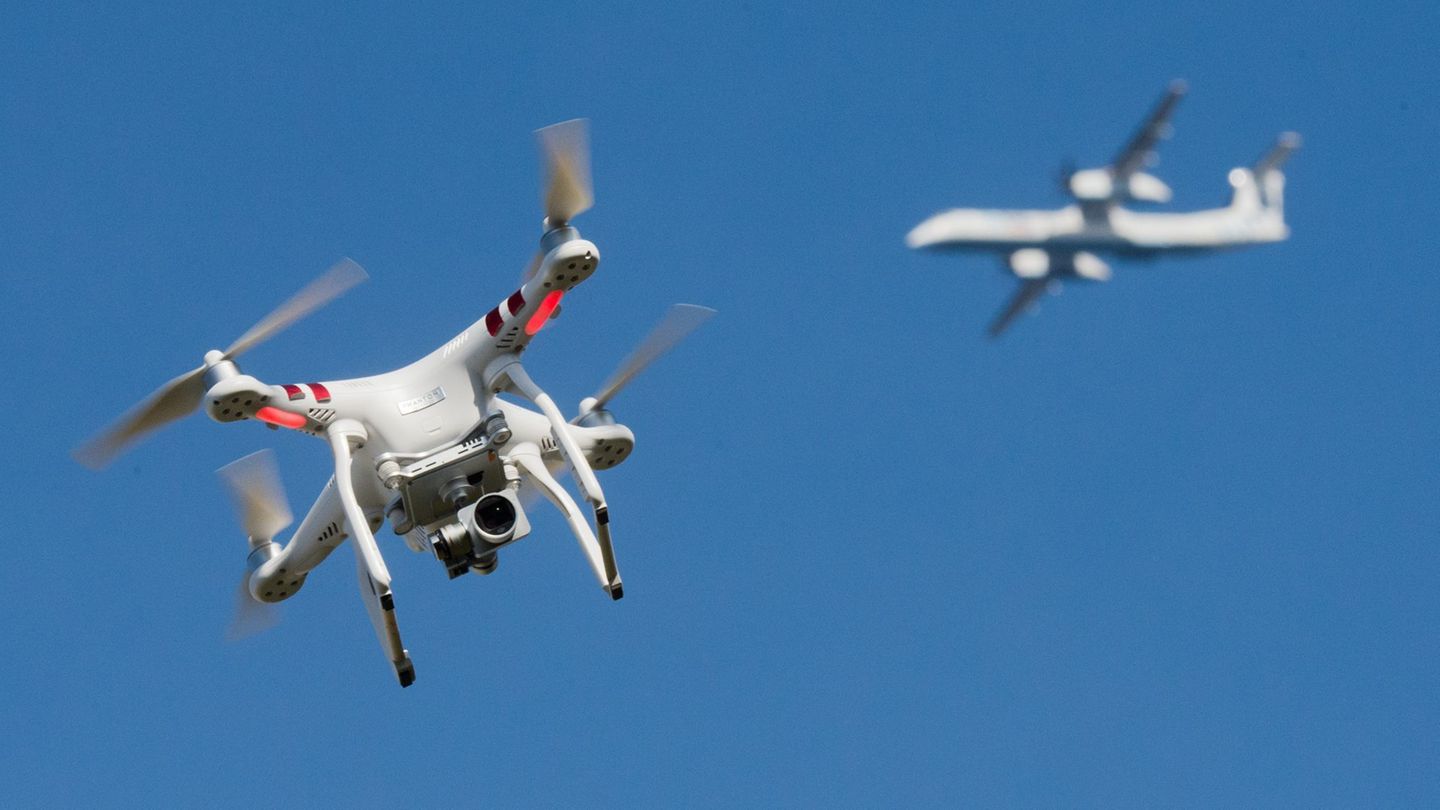“Mobile 5G communication networks have proven themselves in the Covid 19 pandemic in Austria,” said mobile phone expert Thomas Zemen from the Austrian Institute of Technology (AIT) in Vienna in an interview with APA. It enabled home office on a large scale and thus effective social distancing. Zemen is already researching the successor 6G, because even the good reliability and speed of 5G would not be enough for future important communication between moving machines.
“Mobile phone communication is already about much more than just location-independent voice communication, which was first used by a broad public in the 1990s with 2G, commonly known as GSM,” he explained. Around the turn of the millennium, 3G enabled video calls and Internet surfing, and 4G enabled larger downloads and TV streaming. “All of these systems were tailored for human users who use such services,” says Zemen. However, there is an increasing need for fast and reliable communication between machines, for example for control systems in cars and trains, as well as for production plants.
While delays (latency times) of a tenth of a second (100 milliseconds) are acceptable in everyday human-to-human voice communication, shorter latency times are needed for professional and automated applications, Zemen said: “For a singer to hear themselves on recordings, they should be less than be five milliseconds.” In the case of remote-controlled machines that provide feedback to the sense of touch, they would have to be even shorter and should not exceed around one millisecond. 5G will only be that fast in a few years.
In European research projects, Zemen and his colleagues want to ensure an even shorter latency of 100 microseconds (i.e. a tenth of a millisecond) for 6G. This would enable cooperating production robots to achieve a high level of accuracy. At the same time, no data packets should be lost; In mathematical terms, the reliability should be greater than 99.999 percent. With moving communicators like cars, planes and rail vehicles, that’s a real challenge, Zemen said.
Radio signals are electromagnetic waves with a wavelength of around ten centimetres, which are emitted by an antenna, propagate in all spatial directions and are intended to arrive at the receiver’s antenna. On their journey at the speed of light, they are reflected in different directions by buildings, mountains or trees. All of these propagation paths add up at the receiving antenna and can amplify or cancel each other out. This fluctuation in the reception signal is amplified when the transmitter is in motion. “The reception quality is therefore a random process and can sometimes be good, sometimes bad,” says the expert. It can be increased by sending the same signal over different propagation paths using multiple antenna systems. “This ensures that a signal arrives at the receiver in the best possible way,” he said.
A second challenge would be energy consumption. “The radio communication systems and the Internet currently consume about four percent of the global energy budget,” explained Zemen. With increased data volume and transmission speeds, the energy consumption would increase. In order to become climate-neutral, however, you have to save energy. “We are also dealing with this, we are researching approaches with quantum sensors, for example, and the coupling of electronic with optical systems is also a major topic at the moment,” says the researcher. Zemen estimates that it will take around ten years of research at European and global level before 6G will be commercially available in 2030.
Source: Nachrichten




